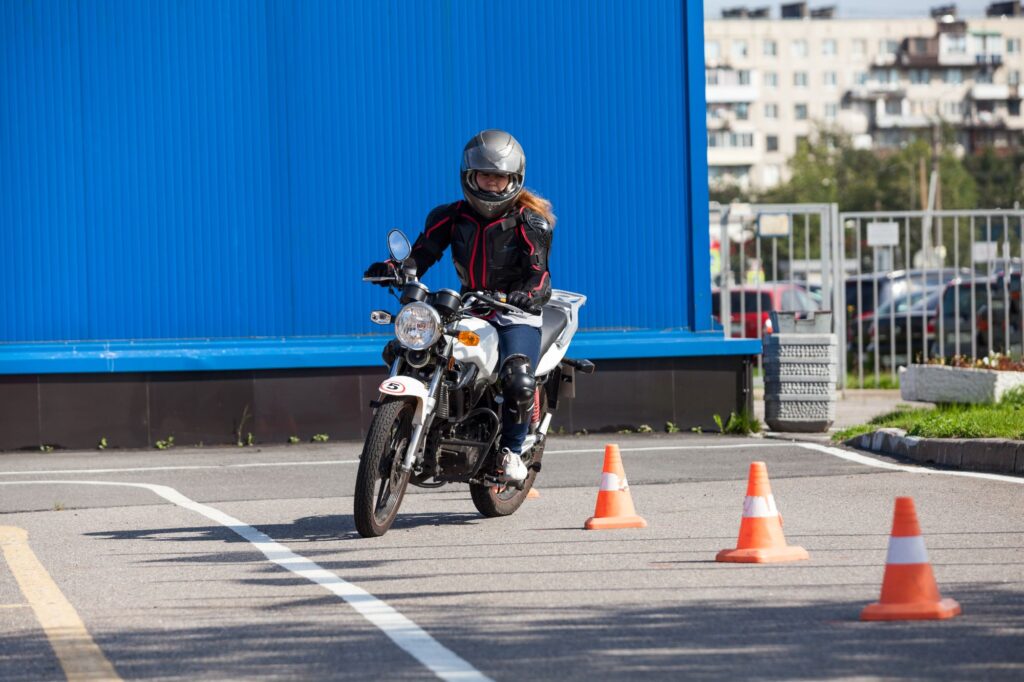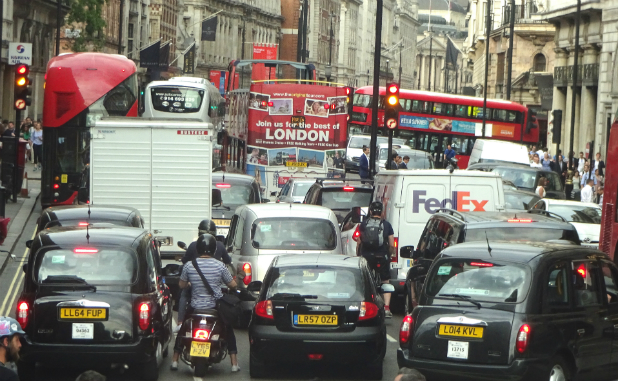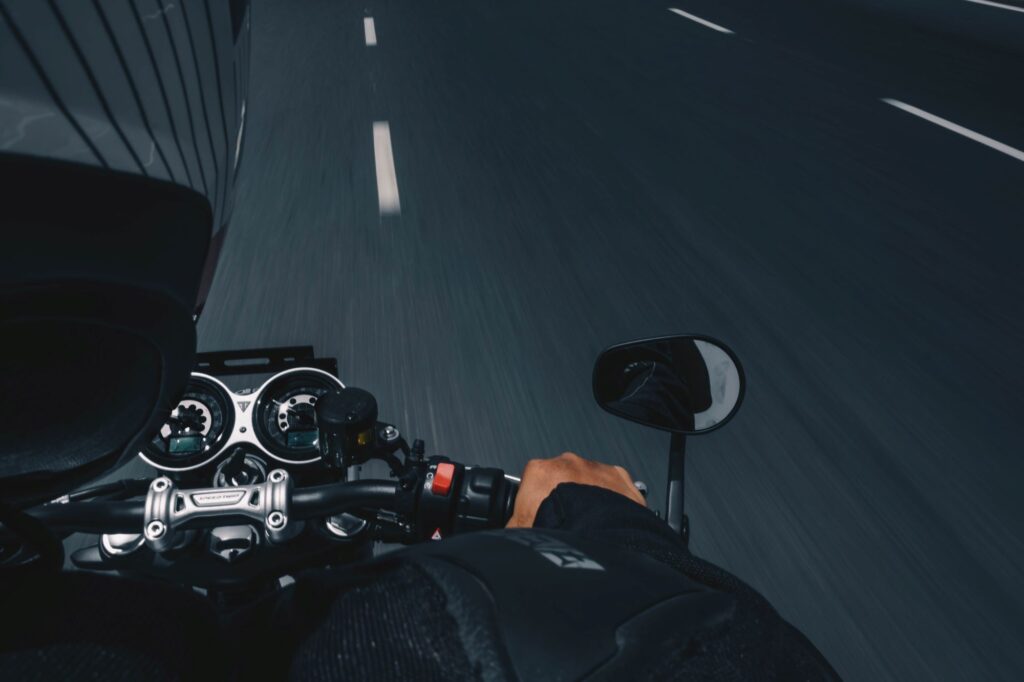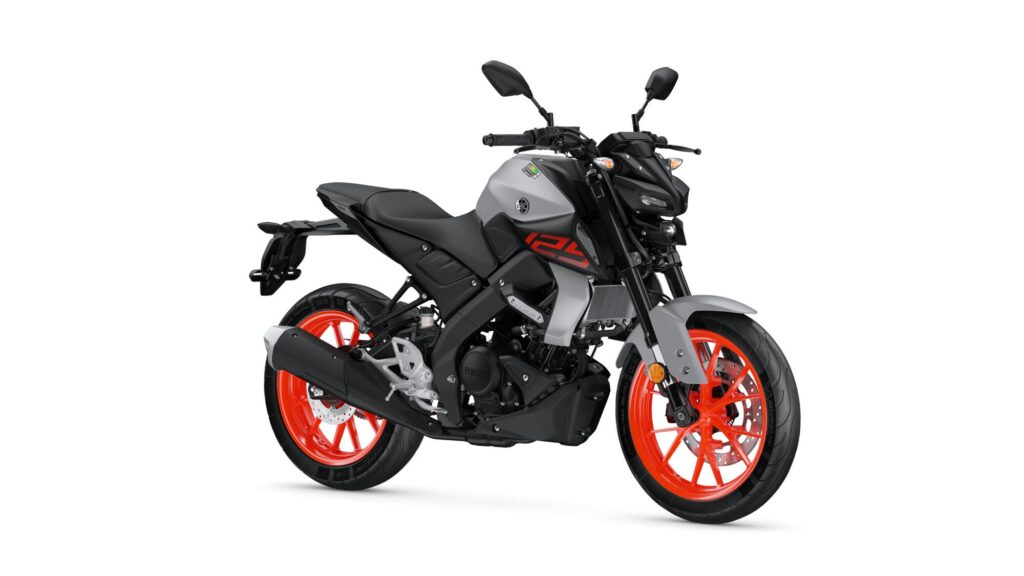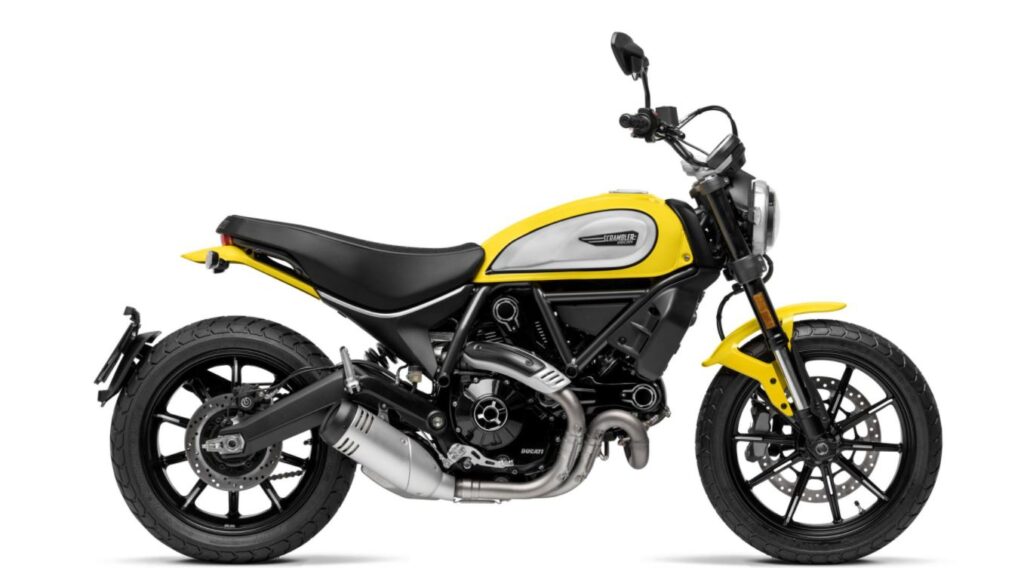If you’re thinking of crossing the Channel for your 2017 summer holiday check out Bikesure’s top 10 tips for safe motorcycling in France.
Bikesure, the specialist free thinking insurance company, covers virtually anything on two wheels, and advises all motorcyclists before they set out for the continent to bear in mind that the term “vive la différence” very much applies to biking.
The French like to do things differently and there are a range of stringent safety laws governing what kit riders carry, as well as how they ride the bike itself.

Here are Bikesure’s top 10 tips for safe motorcycling in France
- Obvious may be, but remember the French drive on the “wrong” side of the road. That is, to say, they drive on the right side of the road. Understood? It’s easy to forget if you are tired or when you haven’t seen another vehicle for a while on a country road and you slip into autopilot. So remember, wrong is right in this case.
- Motorcyclists and their pillion passengers must each carry a fluorescent hi viz vest or jacket while riding in France under laws introduced in January last year. If you are stopped and don’t have a hi viz you will face an on the spot fine of 11e. If you are caught at the roadside without a hi viz that fine could rise to €135.
- Easing your way through a traffic jam may have become a way of life in congested British cities, but it’s forbidden in France. So no weaving among the cars if you get stuck on Paris’s painfully ponderous périphérique.
- You must display a GB sticker or plate as near as possible to the registration plate at the rear your bike.
Safe motorcycling in France means “none for the road”
- French drink driving laws are stricter than in the UK. The blood alcohol limit is 50mg, compared to 80mg here, so just one large glass of wine or pint of beer could put you over. The law also requires you to carry a breathalyser – it’s a good idea to always carry a spare.
- Carry a set of spare bulbs and make sure you know how to fit them. You must use dipped headlights at all times and, although you no longer have to worry about tinting them yellow, lyou will need to adjust the beam so it doesn’t dazzle oncoming vehicles, either with tape or a converter cover.
- You’ll need to carry the following documentation, or risk a fine for each piece you leave at home: Registration document, insurance certificate, MOT, passport, driving licence and, if you’ve borrowed the bike, a letter of permission from the owner.
- Radar detectors are a big no-no for the French motoring police. If you’re found with an active radar – often the standard setting on UK-bought sat navs – you could be banned for a year. On the spot. You can turn off the radar in the device’s settings, and set yourself some form of digital reminder, like on your phone, to make sure you do.
- Traffic cops are also very hot on speeding. On-the-spot fines can be several hundred euros and, if you can’t pay, police can confiscate your bike until you cough up. Speed limits are, unless otherwise signposted: 31mph (50kmh) in built up areas; 55mph (90kmh) in other areas; 80mph (130kmh) on dual carriageways; There’s also a minimum speed limit of 49mph (80kmh) on motorways.
- And finally, two more little road rules to remember: stop signs really mean stop, and roundabouts in France work in exactly the same way they do here – but in reverse. So give way to traffic on your left as you enter, not your right.
Bikesure covers all types of motorcycle, trike or quad, with cover available for travel to most European countries. Call free on 0800 369 8580 for your custom quote.
You May Also Like …
Tunnel or cross channel ferries for a European motorcycle road trip?

